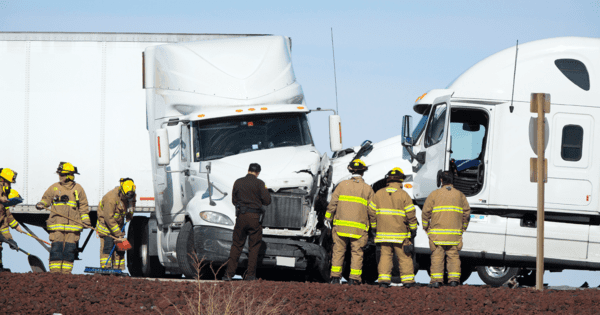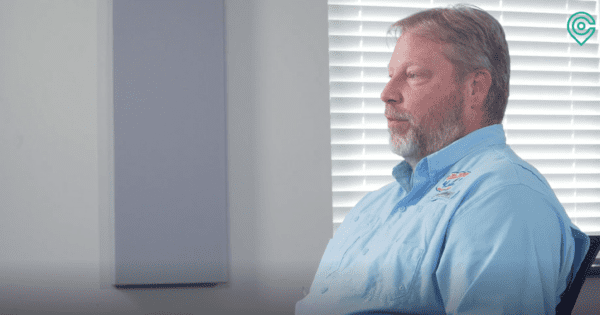Need a camera safety system for a growing fleet? Here’s what to consider
There are many camera safety systems on the market.
That is hardly a surprise. We don’t need to spend too long talking about the benefits of putting cameras around and inside commercial vehicles, but here’s two quick ones:
- They can spot imminent danger (whether a driver falling asleep, a cyclist in the blind spot or whatever) and thus prevent collisions
- They record evidence that can exonerate drivers, protect against fraudulent claims, and thus lower insurance costs
If you want more, please do schedule a call with one of our sales team (but be careful what you wish for).
But what makes a good camera safety system? Well, again there’s a huge number of factors you might want to consider, but I want to focus here on what to look for when supporting a diverse and/or growing fleet. The short answer is:
- Breadth of coverage, and
- Flexible configuration
The longer answer follows.
Dealing with change and diversity
“The only constant in life is change” according to the Greek philosopher Heraclitus. It is unknown if he was referring to the challenges of managing a fleet of light commercial vehicles, but it would be no surprise if he was.
The truth is that no matter what your current situation, planning means thinking ahead and ensuring that any camera system you invest in is able to adapt to your changing requirements over time.
Consider the following situations:
- After a spate of thefts from vehicles, your business concludes that internal cargo cameras are required to act both as a deterrent and to help resolve cases of fraud and theft
- A new specialist vehicle is added to your fleet, with different camera needs to those already existing
- New regulations (think DVS24 if you are in the UK) require changes to the camera coverage around your vehicles
I could go on, but you probably get the idea at this point: the coverage you need today may bear very little relationship to the coverage you will need in the future.
The need for a single system
It’s worth calling out the second example within the three above, because it illustrates a key consideration when thinking about futureproofing a camera system. Specifically, if even one camera in your fleet isn’t supported by your provider, you are using two independent systems to manage your fleet.
That has huge implications for efficiency of operations going forward. It might sound great that a vendor can meet 99% of your current and future needs for camera coverage, but in reality anything short of 100% is going to cause a lot of problems. So even if it is one camera, on one vehicle, that can have serious implications.
And to be clear, that is a likely outcome. Fleets are diverse. You may have 50 light commercial vehicles, but even one ‘odd man out’ means you may have diverse needs. That could be a single larger vehicle that requires a rear-facing camera, or one that requires an internal camera – the examples are legion.
It’s not just the inefficiency of fleet managers having to use two systems, it is also dealing with two vendors and having to manage two relationships. And that same challenge arises when a vendor promises to support additional requirements through a partner. Who am I dealing with? Will all these companies I am dealing with still be around in a year’s time? What happens if something goes wrong? How many contracts do I need to sign?
The bottom line: dealing with a single vendor for everything you need makes a lot of sense, and even if you don’t think that is an issue today, it may well be one tomorrow. You need a vendor who can grow with your fleet, and handle both the total numbers, but also the various requirements you may have the day after tomorrow.
What to look for
Broadly speaking, the single best question you can ask any vendor is “I need a camera for x, y and z – can you supply it?”.
If the answer involves pulling together various different vendors and partners, quietly back away and go to talk to someone else.
That doesn’t mean you should always be looking for complete camera coverage. In many cases it won’t be necessary to cover every angle. But in some cases, including cases you can’t predict, it will be. That’s when you will want to be able to extend within the same overall system without issue.
As for the system itself: you want to be able to download footage from all cameras simultaneously when required, or live-stream from them in the same way, from a single dashboard. In other words, you want fleet managers and operations to have access to the visibility you have paid for – now and in the future.
Ready to explore scalable safety solutions further? Reach out to our team today for more information tailored to your business.







